If you’re a regular reader of the blog, you’ll know the drill by now: it’s December. That means I’m about to start obsessing over ghost stories, because in my weird ol’ head, ghosts and Christmas go together like… well… like Scrooge and Marley.
This year I got a head start, because on November 30th I attended the first UK Ghost Story Festival in Derby. It was a really great event, and I was fortunate enough to be invited onto two panels, and attend several others, chat to readers and fellow aficionados, meet social media friends in the flesh, as well as catch up with some lovely fellow writers who I really don’t see often enough. Most importantly, though, I got to hear about and talk about one of my favourite subjects: ghost stories!
I figured my panels would make great blog fodder, as well as give you a taste of what you missed out on if you couldn’t attend (it’ll be back next year, bigger and better!). So this blog will look at ‘supernatural shorts’ – this was a lively discussion about the short story format, and why it’s particularly great for ghost stories.
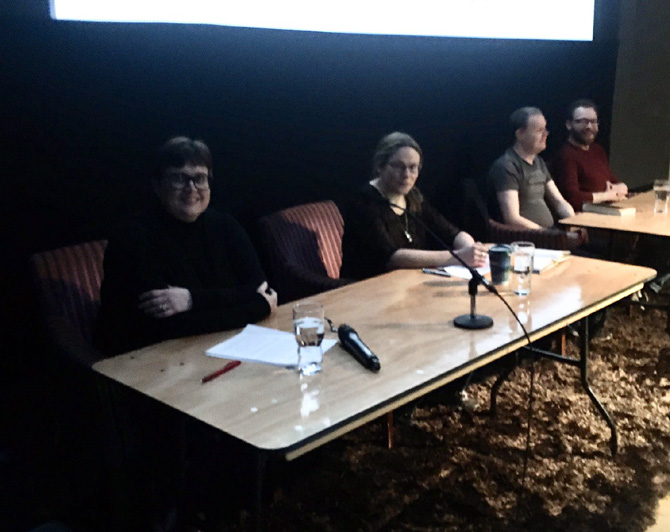
From left: Sophie, Ali, James, and me!
(Thanks to Sophie for the pic)
What follows is a summary of the discussion, and my personal takeaways – big, big thanks to fellow panelists James Everington and Alison Littlewood, and our excellent chair, Sophie Ward (aka Rhiannon Ward).
So: why is the supernatural so effective in its shorter form?
The ghost story comes from the oral tradition (fireside tales). In this respect, we could say the shorter the better – as an evening’s entertainment, everyone sits around the fire and tells a story, and tries to terrify their companions. Variations on this theme used to be the kick-off point for many a tale – just look at the Carnacki stories. It’s also the setup for The Woman in Black.
Let’s delve into the classics of the form. My first ever experience with ghost stories was the Fontana Book of Great Ghost Stories – 1972 edition. I read it when I was far too young, and it gave me nightmares… but turned me into the man I am today (i.e. a weirdo). This book contains two of the best short stories ever written IMO: The Voice in the Night (Hope Hodgson), and Seaton’s Aunt (Walter de la Mare). These led me to track down more of the classic writers, and that’s when I found M R James, who remains my main influence. I also love really weird, ambiguous stuff – like Robert Aickmann’s The Inner Room, which I’ve read about five times, absolutely love, but have no idea what it’s about…
Fast forward to the present, and I think Michelle Paver and Adam Nevill are at the top of the tree right now. Dark Matter is astonishing. Adam doesn’t write a lot of ghost stories per se, but there are some absolute corkers in his short story collections, notably Florrie.

M R James wasn’t keen on long-form horror. He described Dracula as being too full of excess – it contained good ideas, but the ‘butter was spread far too thick’. He described Maturin’s Melmoth as ‘long – cruelly long – and we must keep our eye on the short prose ghost story.’
Who am I to argue with the master? So I’ve tried to identify the elements of the successful ghost story. I think we can all agree on these three: Atmosphere; tension; suspension of disbelief. I add a fourth: Ambiguity. (MR James says the best stories give us ‘plenty of clear-cut and matter-of-fact detail, but when the climax is reached, allow us to be a little in the dark as to the workings of their machinery’). These elements are very difficult to maintain for a full novel, but can provide chills aplenty in a short story.
If you look at the classic long-form ghost stories, they’re really not as long as you think: The Turn of the Screw is only 43k words. Wilkie Collins’ The Haunted Hotel is described by M R James as a ‘short novel’ (also, cheekily ‘by no means ineffective; grisly enough, almost, for the modern American taste’). The Woman in Black, a modern classic, is really a novella.
The pitfall of the short story though is clichés – they can be really hard to avoid when you don’t have many words to play with. Things that were scary to Victorians and Edwardians have now been done to death (excuse the pun). So we have to look at new ways to frighten, while still avoiding what M R James would call ‘gory excess’. Tastes change. You can’t get away with hanging a story around a bloodstain that won’t go away until the body of the murdered maid is found – it was identified by Dickens in the mid-1800s as being a common type of story still in use. It was becoming cliché even then, so now you need an extra twist if you’re going anywhere near that device. And those twists are what really help short story writers today. By all means take a cliché or trope, but subvert it. The reader will be drawn in by the nostalgic air of the familiar, and still be surprised and delighted (and, hopefully, terrified) by a clever twist.
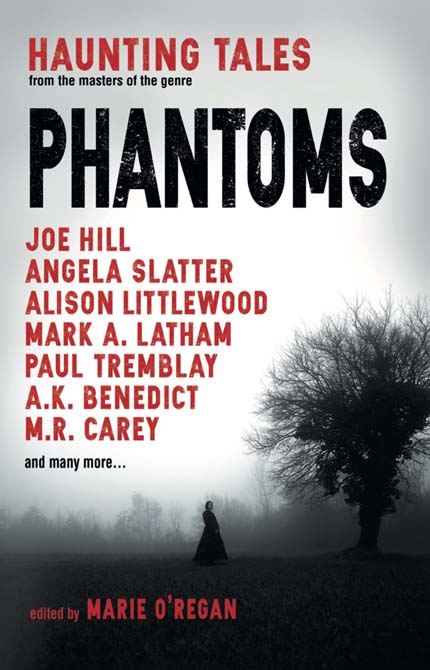
In a similar vein, we can use setting to do a lot of heavy lifting in a short story. I think short stories thrive when you don’t have many scenes, and ergo not many locations. If you can put a spooky twist on something familiar, that also helps – that way you aren’t spending ages describing a gothic castle or whatever – you’re picking something everyone can easily visualise, like a boring stretch of motorway or a bedroom in the family home, and playing up the differences (you’re surrounded by an unusually dense fog, or there’s a strange, slender figure standing by the roadside, etc.). Finding the unsettling in the mundane is pretty effective, and it saves the precious word count. My last ghost story (One New Follower) had: the pub, a muddy field, and a living room.
Finally, think about the ending of the ghost story. It doesn’t always have to be a huge twist (sometimes that in itself is contrived and expected). I always go back to that point about ambiguity. Ghost stories aren’t often tied up with a neat bow – ghosts are scary and confusing. They’re usually inexplicable, and while a character might turn to a priest or even a local pagan group to come and exorcise the ghost, there’s no earthly reason why this should actually work.
A good ghost story should have a solid resolution at least for the characters involved, but might not ever explain the nature of the supernatural – after all, we only fear that which we don’t understand…

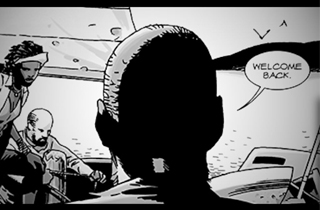
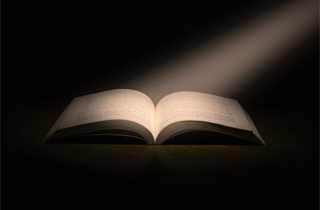
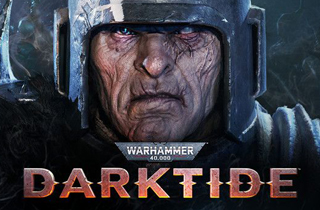
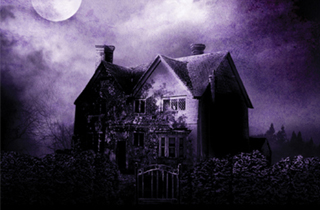
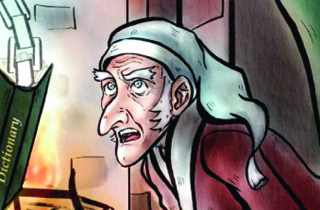
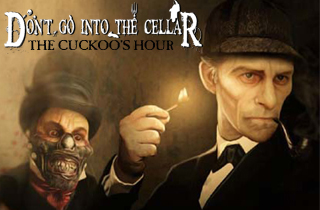
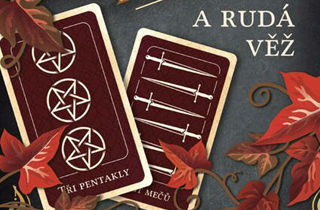


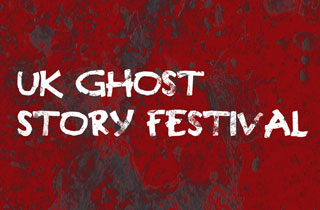
Leave A Comment